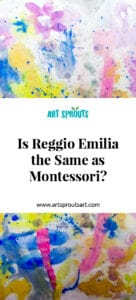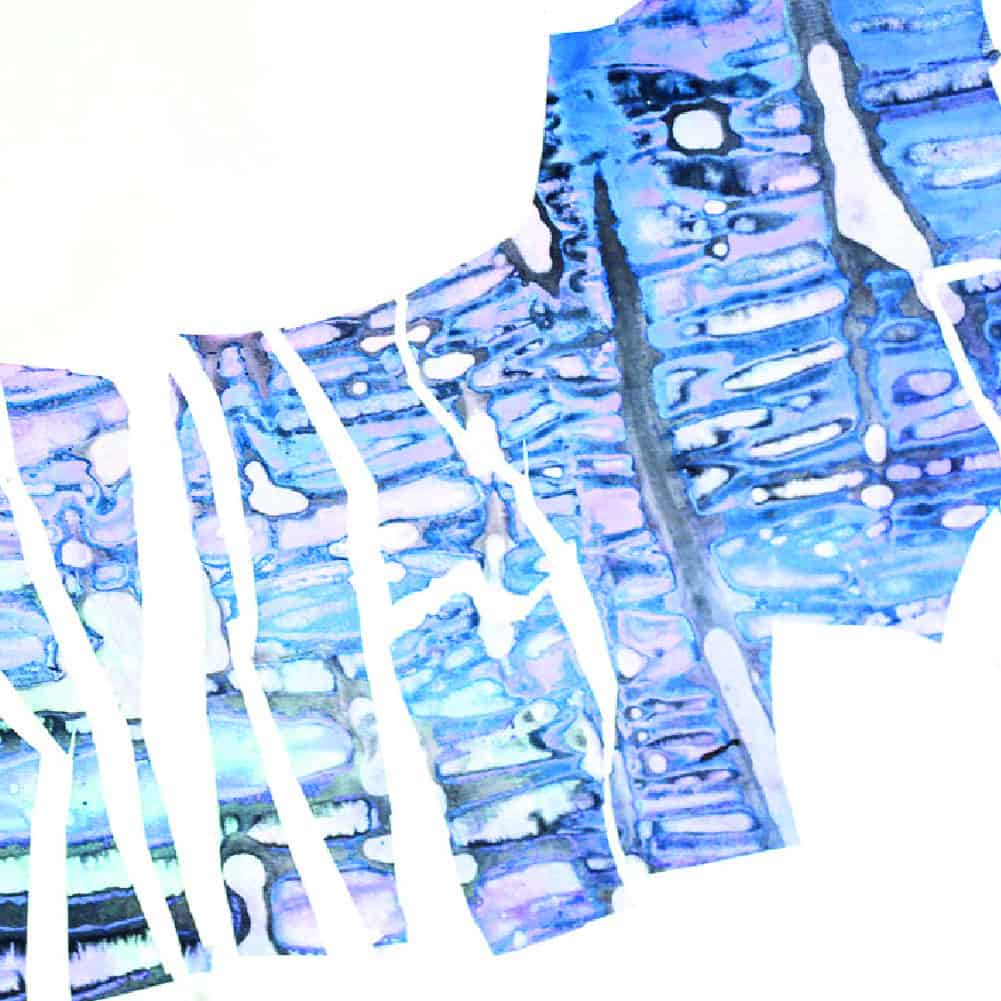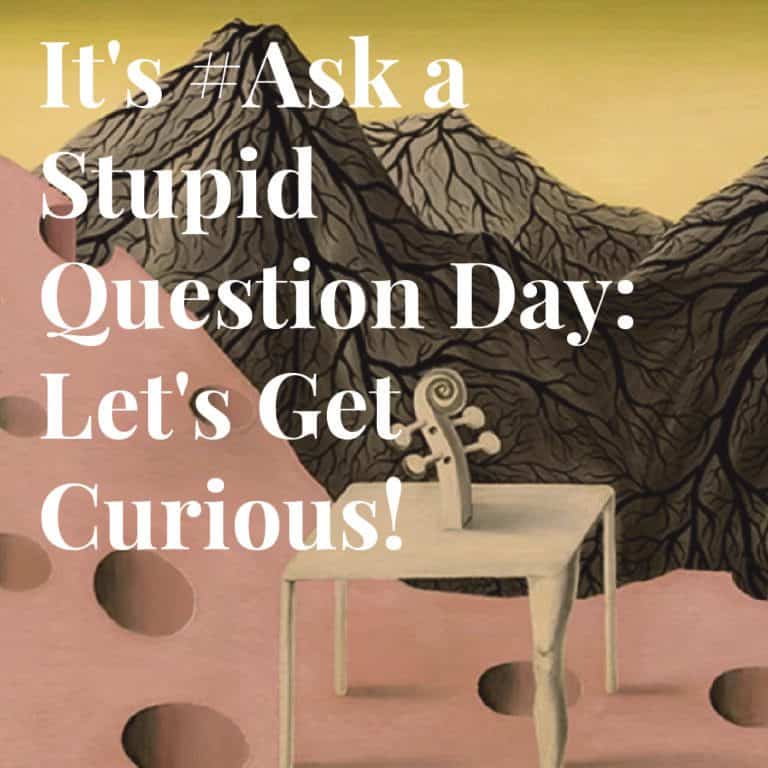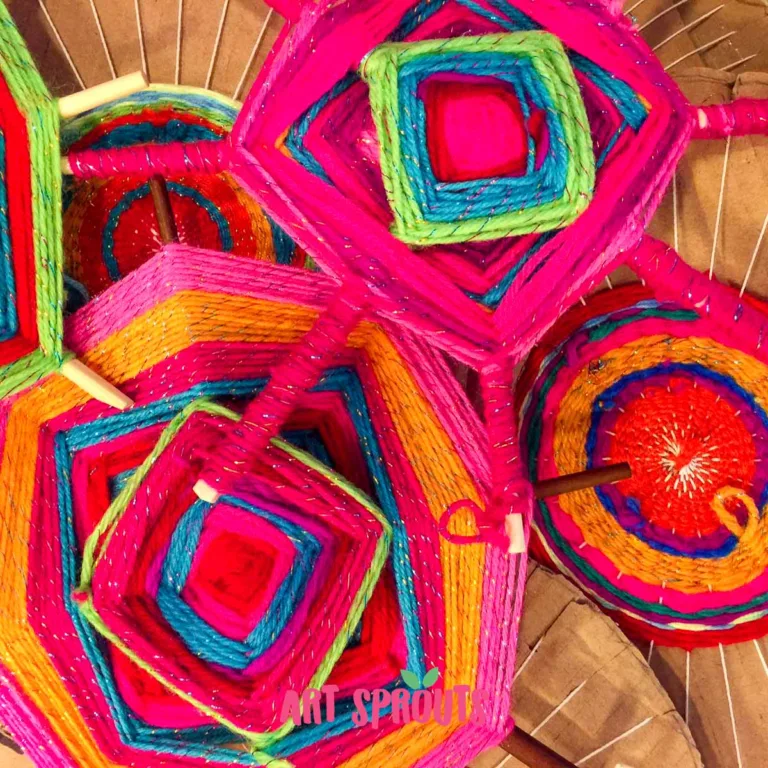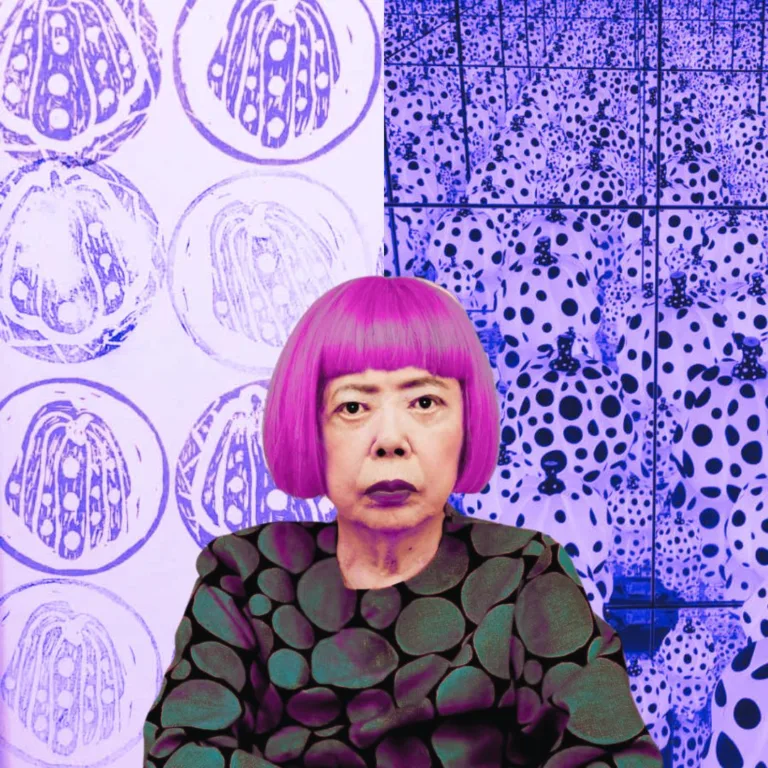Is Reggio Emilia the Same as Montessori? A Personal Experience
My Real-World Lessons from Reggio and Montessori Schools
“Is Reggio Emilia the same as Montessori?” Suppose we are picturing educational philosophies as characters in a boxing ring; we might see Reggio Emilia with its team spirit in one corner and Montessori with its ‘do-it-yourself’ vibe in the other. While both are heavyweights in the world of early childhood education, their strategies differ.
In this blog post, I’ll share some personal observations from my time in both Reggio-inspired and Montessori environments. Think of this as a casual walkthrough of each philosophy, highlighting the unique atmosphere they create.
Just a heads up: these are personal observations, not expert judgments. For those looking for an in-depth comparison, check out our comprehensive analysis between the Montessori and Reggio approach here. Whether you’re pondering educational options for your little one or just intrigued by these approaches, I hope my reflections help you distinguish between these two ever-popular educational approaches.
Is Reggio Emilia the Same as Montessori?
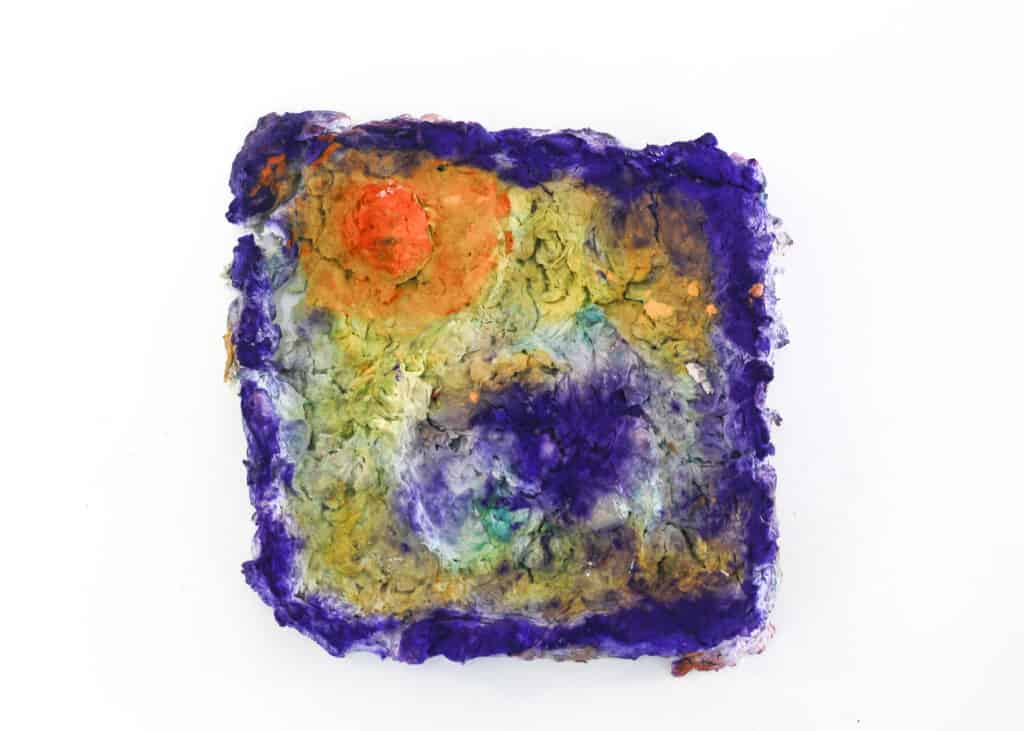
Flexibility in Reggio-Inspired Schools
In the Reggio-inspired schools where I worked, I was struck by the flexibility the setup brought forward. The approach allowed for the seamless integration of various educational curriculums, from traditional to big ideas, from project-based to inquiry-based learning. This adaptability created a dynamic learning environment where children were more likely to find an approach that resonated with them, nurturing their curiosity and passion for learning.
The Power of Community in Reggio
But, what really set the Reggio approach apart for me was the emphasis on community. It wasn’t just about learning from teachers; it was about teaching kids to respect themselves, each other, and their environment. This focus extended beyond the classroom walls, involving parents in the educational process and fostering a respectful and supportive learning community. There was a palpable sense of collaboration, where everyone—students, teachers, and parents—worked together towards common goals.
Recommended resources:
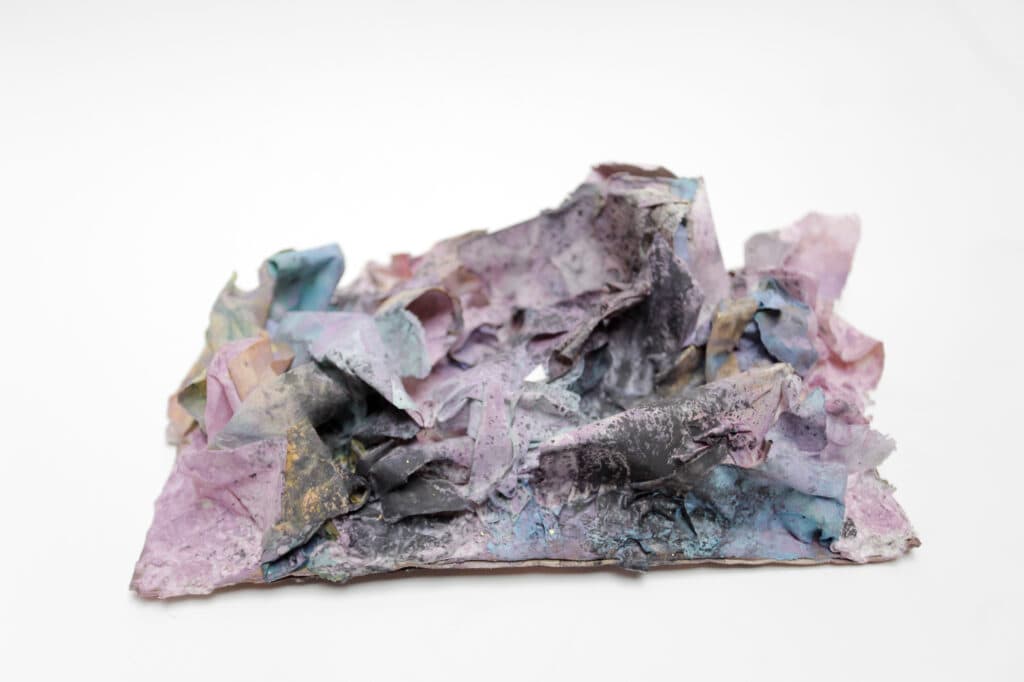
Montessori: Independence and Structure
On the flip side, my time in Montessori environments revealed a somewhat different picture. Here, the focus was on fostering independence and self-growth.
Kids were encouraged to take charge of their own learning, which did wonders for their confidence. Still, without the traditional structures, sometimes the sense of respect and cooperation between kids could take a hit.
The Challenges of Montessori’s Rigidity
Additionally, the structured nature of Montessori could be somewhat rigid when it came to incorporating current subjects and technologies. While the approach excelled in fostering independent thinkers, adapting to modern topics and tools sometimes proved challenging. The world’s changing fast, and sometimes, it felt like the Montessori curriculum struggled to keep up.

No One-Size-Fits-All Solution
These experiences have shown me that there’s no one-size-fits-all in education. Both Reggio Emilia and Montessori have their strengths and weaknesses.
Surely, both are capable of nurturing knowledgeable, respectful, and confident individuals, and each can be great for different kinds of learners. What’s important is finding the right fit for each child, and sometimes, that means taking a little bit from both worlds to create an environment where they can thrive.
Did you enjoy this post?
Check out our favorite ideas for loose parts play or our guide for the perfect Reggio classroom setup!
Or share your insights in the comment section below!
Save for later
